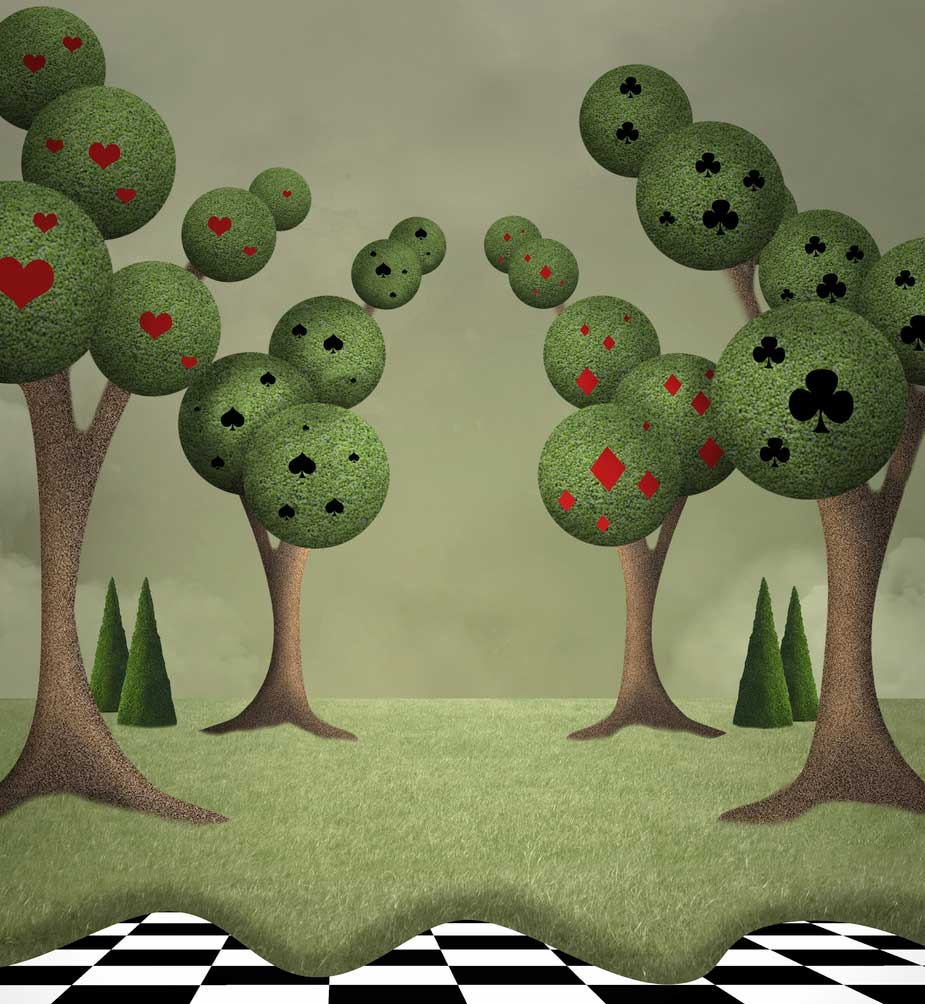radon
nounA colorless, radioactive, inert gaseous element formed by the radioactive decay of radium, that is used in radiotherapy and to produce neutrons for research. Its most stable isotope is Rn-222 with a half-life of 3.82 days. A natural source of radiation found in most soils and groundwater, radon poses a serious health threat if inhaled. Atomic number 86; melting point −71°C; boiling point −61.7°C; density of gas 9.73 grams per liter; specific gravity (solid) 4. cross-reference: Periodic Table.
nounAn intensely radioactive gaseous element produced by the radioactive decay of radium-226, which is the main isotope of radium found in pitchblende. Chemically it is an inert noble gas. Its atomic symbol is Rn. It has an atomic number of 86. The radon isotope produced by decay of radium has an atomic weight of 222.017, and this isotope decays by alpha emission with a half-life of 3.82 days. Numerous other isotopes have been observed, all radioactive and all having half-lives shorter than that of radon-222. Radon was discovered by M. and Mme. Curie, of Paris, in their studies of the radioactive substances in pitchblende. Radon was originally called
A
a radioactive gaseous element formed by the disintegration of radium; the heaviest of the inert gasses; occurs naturally (especially in areas over granite) and is considered a hazard to health










